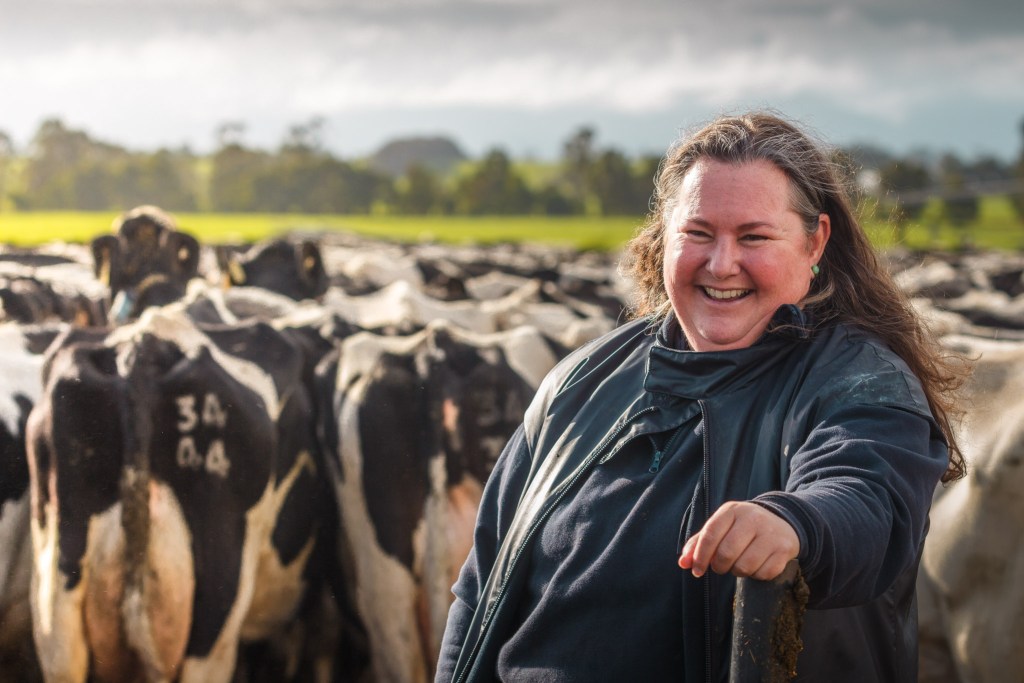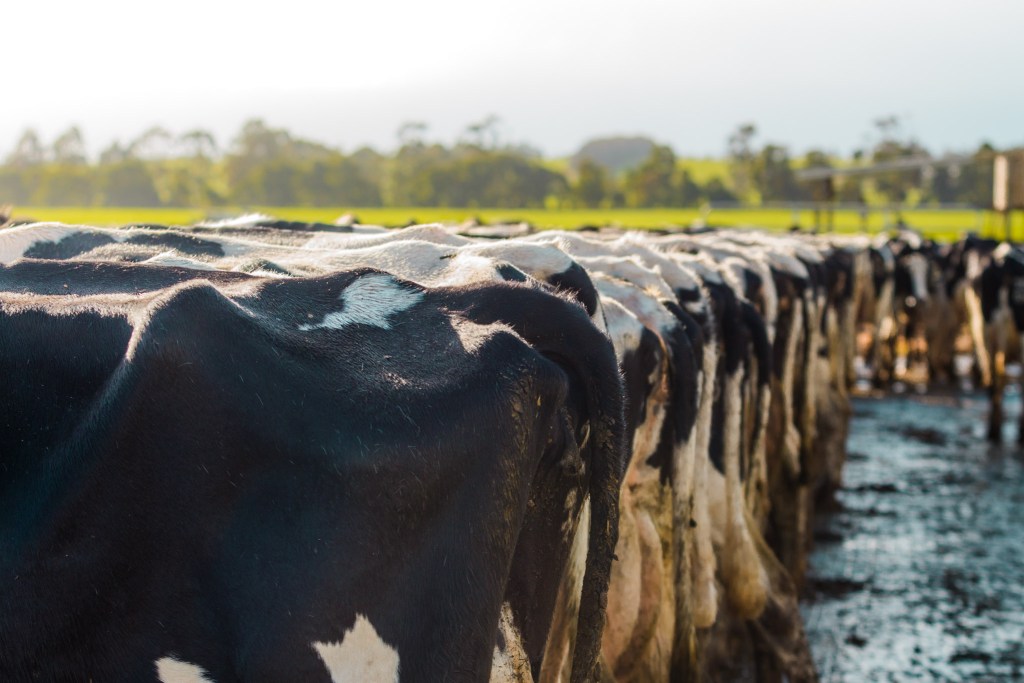Breeding for polled position
When it comes to breeding, Megan Coster doesn’t want to sacrifice anything. For the past decade, the West Gippsland dairy farmer has been on a quest to develop a polled herd. Dedicated to ridding her family’s business of the practice of disbudding, she was also conscious that choosing polled sires in the early days could have jeopardised the genetic merit of their future animals. Given the Costers’ herd is a regular at the pointy end of the Australian Balanced Performance Index (BPI) ranking, there was no way she was risking years of hard work.

So, Megan and her husband Barry took a steady and calculated approach to integrating polled genes and they are now reaping the benefits with their numbers of true polled ‘PP’ and polled carrier single ‘P’ animals growing. And this is something the artificial breeding industry is watching closely as it looks to fulfill the insatiable appetite for high quality, polled sires.
“We’ve got to the stage that we have some PP cows in the herd, so this is the first time we have played with crossing those back to non-polled bulls to try and get some different bloodlines into the polls” Megan said. “This was also the first year that we’ve managed to breed an animal that we won’t have to test, it’s out of a PP cow and a high PP bull and that’s exciting.”
Top Holstein bull ABS JERONIMO-P has underpinned the Costers’ recent polled breeding acceleration. A single P sire, in April he sat at the top of the Australian Breeding Values BPI proven rankings at 535 BPI with 288 daughters milking in 39 herds.
“JERONIMO-P was probably the first big (polled) one we used and were really happy with,” Megan said. “We used him for three years. In the first year he was a bit more expensive, so we didn’t use a lot of doses and then a couple of years after we were so happy with him that we used him on the heifers. We were happy with his calving ease, plus they are beautiful and black heifers that are just calm, and they did really well as calves. They are easy animals to deal with.”
The Costers’ herd of 700 milkers, including 20 JERONIMO-Ps, was ranked number 30 in Australia according to BPI in April. “You really don’t notice the JERONIMO-Ps, they come in and go out and their temperament is great, they are just really calm animals,” Megan said. “As a group, and last year it was only a small group, but the JERONIMO-Ps were probably higher in production than some of the other sire groups.”
This year, Megan and Barry are planning to breed some JERONIMO-Ps to ABS’ new polled Holstein TTM ELLIS-PP. They will also use ELLIS-PP to breed their heifers.
Breeding out horns, and the need to disbud, is something Megan’s passionate about. Concerned it could become an industry or consumer issue into the future, she also never liked the job of disbudding and said it wasn’t pleasant for the calves either, even with pain relief.

With a mixture of PP and P animals, Megan’s confident they can now make rapid progress in developing their polled herd, while focusing on improving fertility and health traits. While she’d love to use JERONIMO-P again, she’s conscious they already have “so many” in their herd and like to diversify their bloodlines. But it doesn’t mean the bull hasn’t left his mark. “JERONIMO, he’s the one I always think of when I think of polled animals now,” Megan said. “He’s the benchmark that you set the animals against…he’s a long-term bull.”
